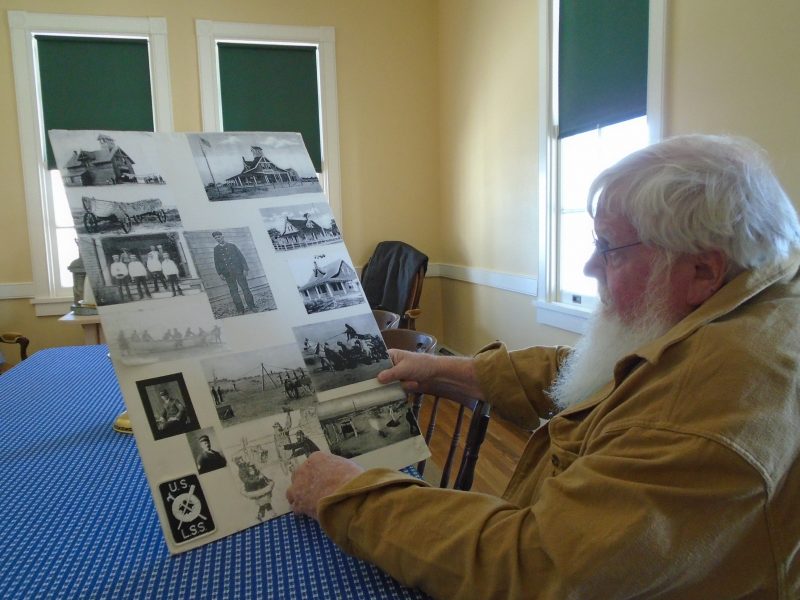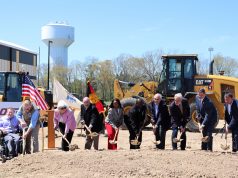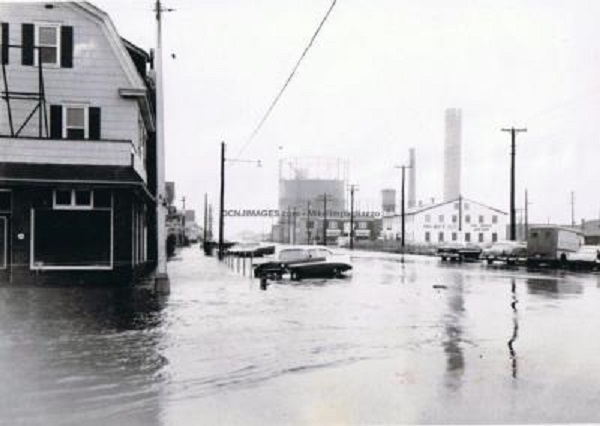
By Tim Kelly
Charlie Bowman Sr. can’t remember exactly what brought him back to his Ocean City home on March 6, 1962. But Bowman, then a college student, certainly remembers what happened after he arrived.
Bowman was a witness to the so-called Great March Storm, regarded as the most destructive to ever hit the East Coast of the United States. Also known as the Ash Wednesday Storm of 1962 and the Great Atlantic Storm, the savage Nor’easter swept through coastal regions from North Carolina to New York from March 6 through the 8th. In its wake the storm left 40 people dead, over 1,000 injured and hundreds of millions of dollars in property damage.
This year, with our fourth Nor’easter hitting the region in less than two weeks, Cape May County residents and visitors of a certain age are recalling one of the worst storms to ever hit the barrier islands.
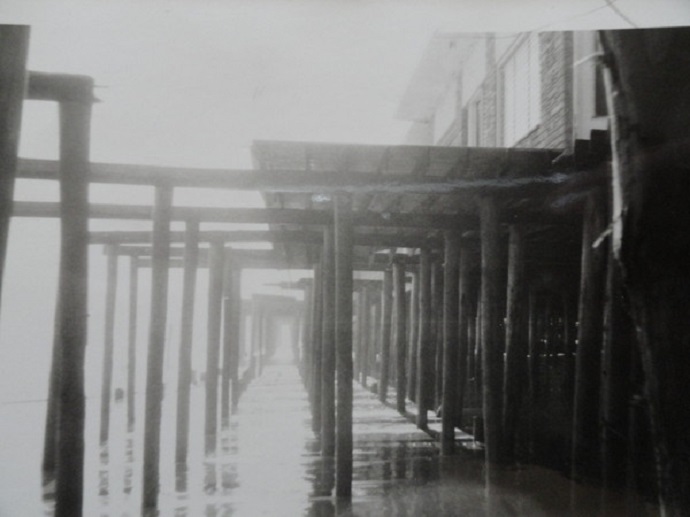
At the time Bowman was attending Trenton State College (now The College of New Jersey) when he received a call from his old high school buddy Tommy Adams.
“He wanted me to come home. There was something going on, I can’t remember what it was,” said Bowman. “Shortly after I arrived back here, the winds started up and the weather just kept getting worse and worse.”
According to Wikipedia, the storm was caused by an unusual combination of three pressure areas, combined with the Spring equinox, causing exceptionally high tides.
The storm, which was not predicted by weather forecasters, stalled in the mid-Atlantic for three days and pounded the coast with rain, high winds and tidal surges. On the mainland, the storm dumped large quantities of snow, including more than a foot of snow in the Philadelphia region.
Locally, homes were lifted off their foundations, cars were swept up in the tides and deposited blocks away from where they were parked, boats were ripped from their moorings and floated miles away in some cases.
In Sea Isle City, the boardwalk was completely destroyed and some streets were wiped off the map.
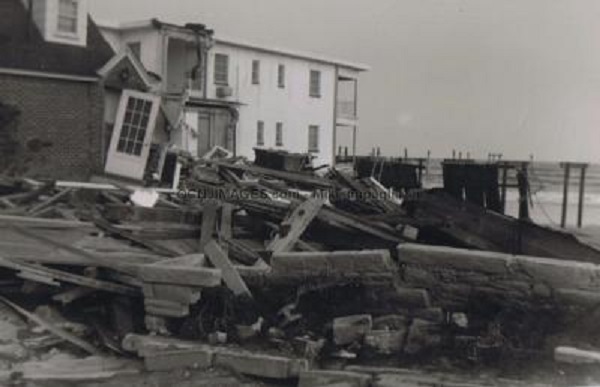
Jeff McGranahan, Executive Director of the Ocean City Historical Museum, said the March Storm of ’62 was the subject of the first major exhibit he put together at the Museum. He had scarcely finished his work when Superstorm Sandy hit the region in October of 2012.
“The damage done in towns a little bit further north of Ocean City was reminiscent of what had happened here in Ocean City (in 1962) he said. “Sandy showed me firsthand the destructive power of some coastal storms,” McGranahan said.
When the storm finally ended and the sun re-emerged, John Loeper had a chance to see the extent of the damage from a unique perspective.
“I was about 17 at the time,” said Loeper, longtime Ocean City resident and historian. Living in Havertown, PA at the time, Loeper’s father heard on the news about damage at the shore. The elder Loeper, also named John, hired a small plane at the Millville Airport to check on the family’s summer home at 23rd St. and Wesley Ave. and to survey the scene from the air.
“It was surreal,” Loeper said. “The further south you went from 34th St., the less recognizable everything was. “You couldn’t tell what was a street because they were so clogged with debris.”
As the plane made its way north, the damage was less, Loeper said. His family’s home was spared. “Our house was built next to a small berm and the berm probably saved us,” he said. “Our house had a basement, and that was the only part of the house damaged. We were very lucky.”
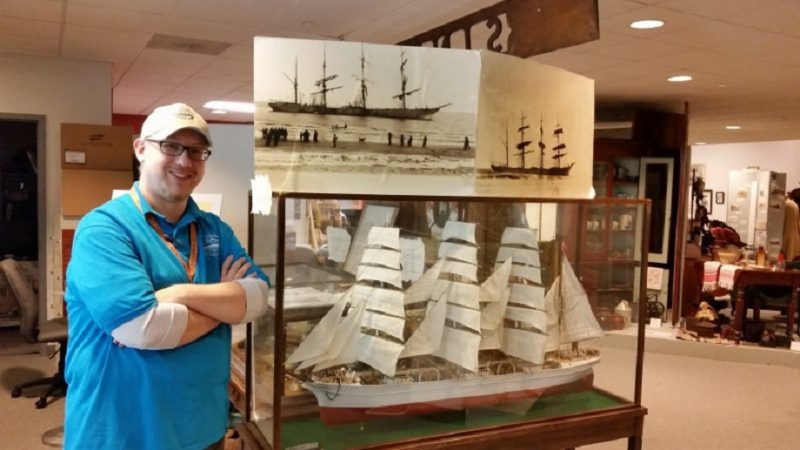
When the storm raged, Bowman and his buddy Adams were at ground zero. Bowman’s family’s home was at 4th and Central Ave., and at first Bowman said he walked around his neighborhood in hip boots. “The water was filling up the streets but it was stopping at the (lawns of most homes,”) Bowman said.
But soon, the first of the high tides rolled through, and much of Ocean City was underwater. “It was like five high tides that never receded in between,” said a witness in one published report.
Bowman said he and Adams were told that a family was in trouble, trapped in their home near the bay at 4th Street. The two buddies, avid duck hunters at the time, boarded their 12-ft rowboats and paddled to where the family was stranded,
“We picked up the husband, wife, and their two kids,” Bowman said. “We really weren’t sure where we should take them so we just went back to my house,” he said. “I told my parents we have some guests” and the storm refugees rode out the rest of the bad weather at Bowman’s house.
“We weren’t scared,” Bowman recalled. “We were college kids and we were used to Nor’easters.”
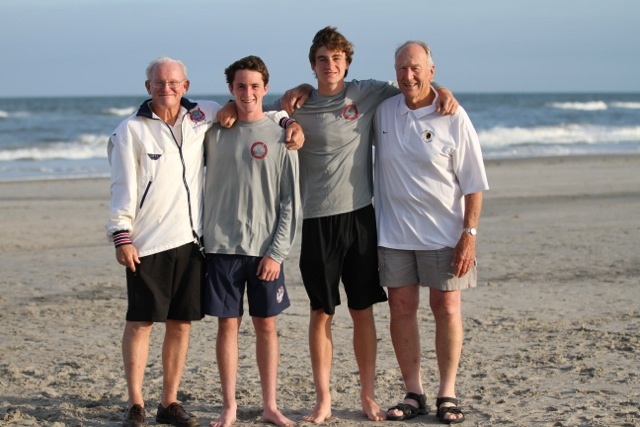
As the rain continued to pour and the tides continued to surge, Bowman and Adams decided to head to the beach to see the ocean’s fury firsthand.
“As the waves rushed down the street we jumped up on porches” of neighborhood homes to avoid the surge of the water, Bowman said.
When they finally arrived at the beach, they were amazed to see the breakers roll underneath the boardwalk, lifting the planks up “like they were toothpicks,” Bowman said.
Bowman disputed news reports that stated the island was evacuated.
“They weren’t letting anyone on the island. They were stopping people at the bridge in Somers Point. But there were plenty of people in town who were stranded on the island,” he said.
Bowman said that at one point he and Adams boarded their rowboats again and decided to head to the Chatterbox restaurant.
“We rowed over there, and they were open,” he said. “We tied the boats outside, went in and got a milkshake,” he said. “Then we got back in the boats and rowed back home.”
